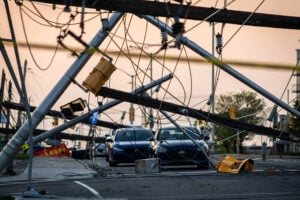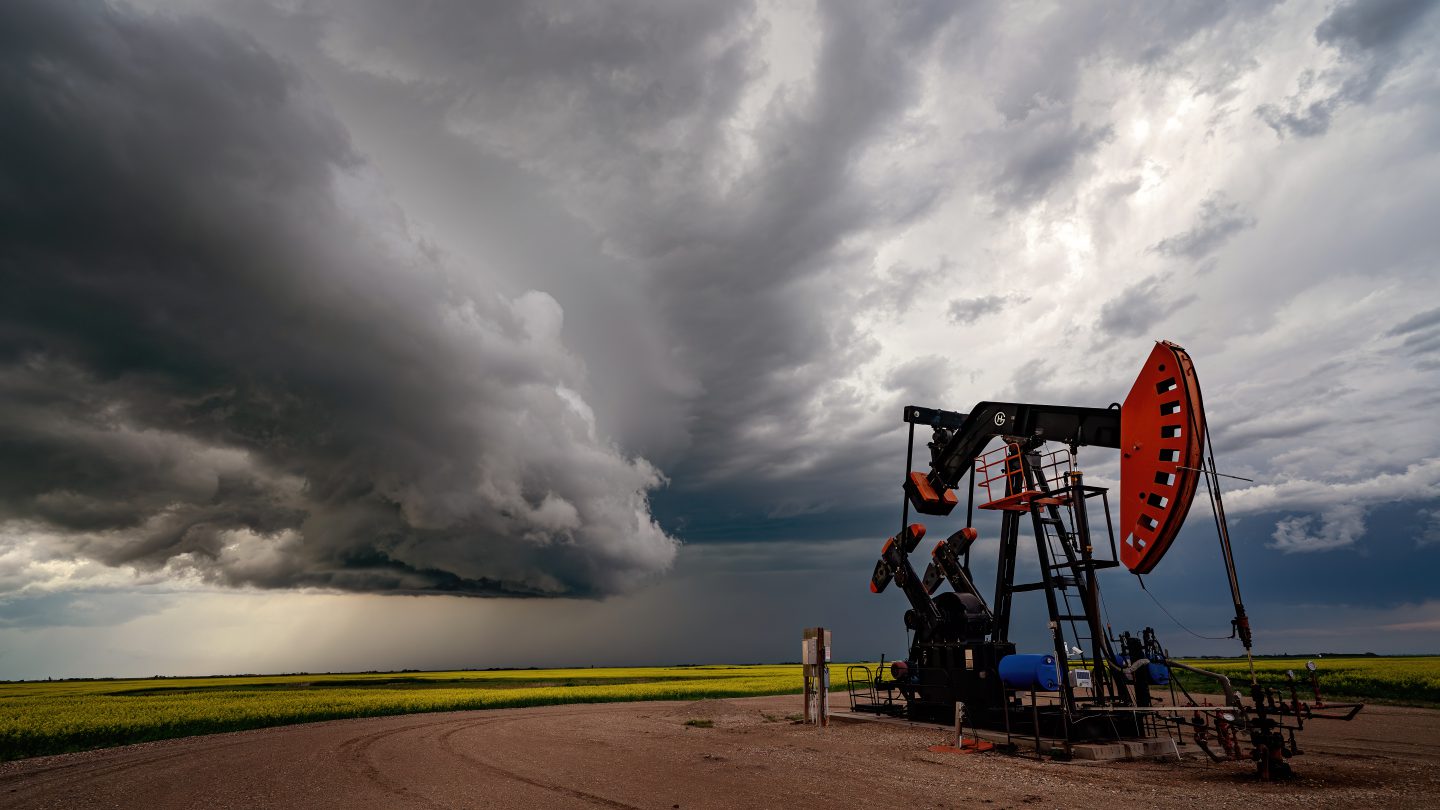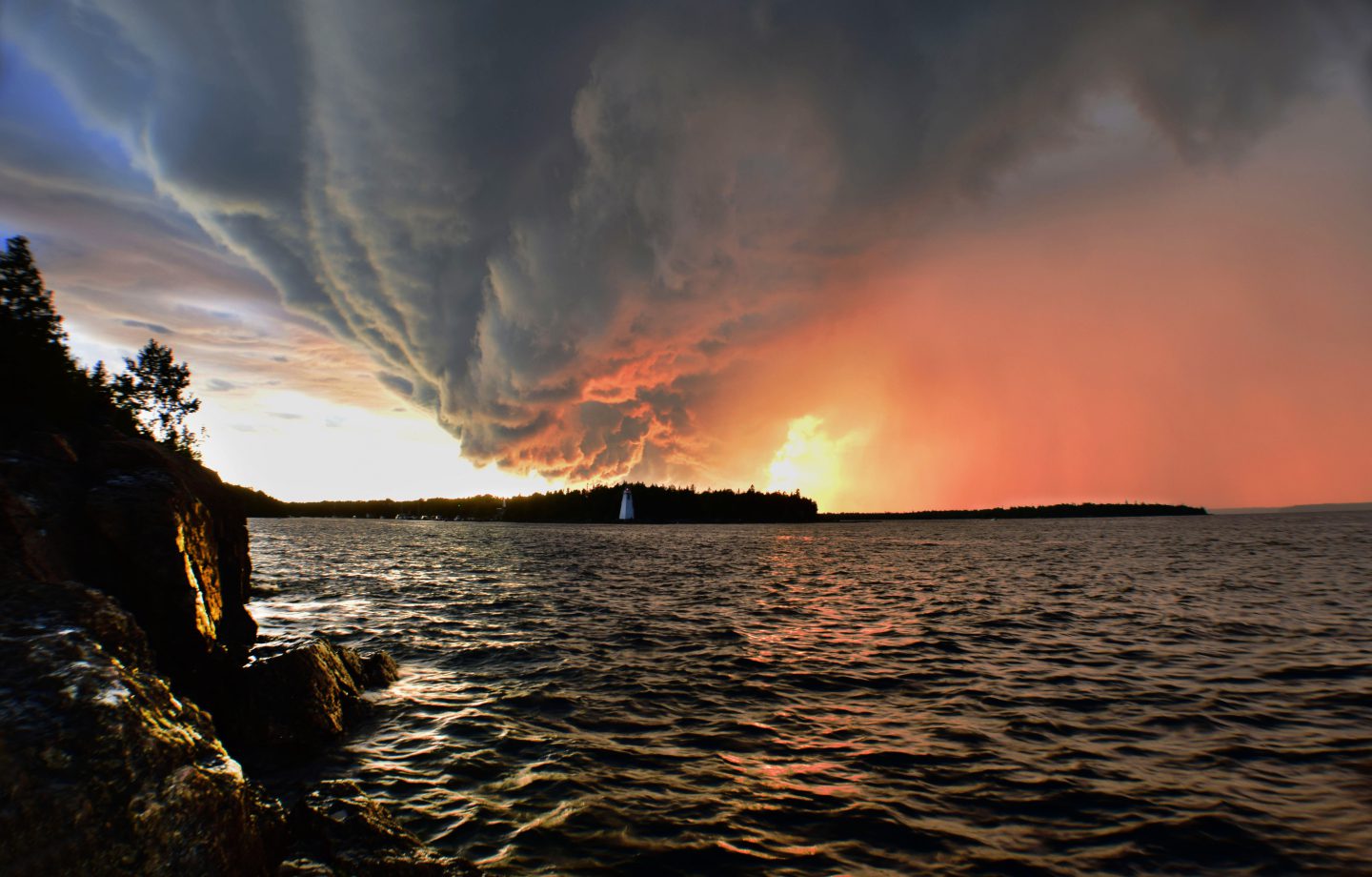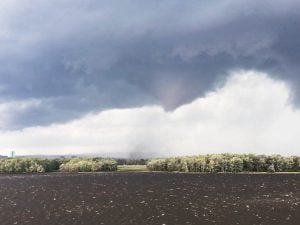
Environment
The research project trying to find every tornado in Canada
Tracking the country’s extreme weather events to answer the question: are storms getting worse?
- 3514 words
- 15 minutes
Environment

In 2020, most scientific research had to be carried out a bit differently — remote sensing and using community-gathered data became common across the industry — including when it came to detecting tornados across Canada.
The Northern Tornadoes Project, founded in 2017, aims to better detect and then better predict severe weather events, as well as investigates future implications from climate change. Typically, tornado researchers would travel to suspected sites of severe storms and assess damage on the ground. Due to COVID-19, a lot of their 2020 research had to be conducted using crowd-sourced data provided by civilians.
Despite these challenges, the Project managed to verify 77 tornadoes — only 29 of which would have been verified without the project.
“Forty-eight [tornadoes] required extra information from enhanced data sets; some required site visits,” says executive director David Sills. “In some cases, we had storm enthusiasts do ground work and surveys in areas we couldn’t get to.”
The Project investigated 409 reports and indications of possible tornado activity, which boiled down to 339 severe weather events and the 77 confirmed tornados.
“We had reports coming from all over the country, through social media, through our website … reports were made to Environment Canada and to The Weather Network,” says Sills. “A lot of it was following up with the people who were doing the reports and asking for a few more details.”

Sills says the Project also made more use of satellite imagery than they have in the past, with access to global, daily high-resolution images being key. Comparing from one day to the next to assess damage was important.
As they head into the 2021 storm season, Sills says the Project is better prepared to use crowd-sourced data if restrictions don’t lift.
“Knowing what’s out there and learning about different channels — we really rely on Twitter and Facebook, which we’ve done in the past, but we’ve learned about new channels, too, like Reddit and Instagram to get all of that public input.”
Report your suspected tornado observations at https://www.uwo.ca/ntp/report.html
Are you passionate about Canadian geography?
You can support Canadian Geographic in 3 ways:

Environment
Tracking the country’s extreme weather events to answer the question: are storms getting worse?

Environment
David Boyd, a Canadian environmental lawyer and UN Special Rapporteur on Human Rights and the Environment, reveals how recognizing the human right to a healthy environment can spur positive action for the planet

Science & Tech
Physical distancing requirements to slow the spread of COVID-19 will make it difficult for researchers to visit suspected tornado sites this year, so the team behind the Northern Tornadoes Project is calling on the public to help

People & Culture
Award recipients honoured in the first virtual Annual General Meeting and Fellows Show.